Dysarthria is a collective term used to describe motor-speech disorders. It can affect anyone irrespective of age, gender, and family history.
Childhood dysarthria of speech is typically a result of neurological damage that causes weakness in the muscles necessary for producing speech. The nerve damage resulting in this motor-speech disorder may be due to traumatic brain injury (TMI), stroke(s), aneurysm(s), or neurodegenerative disease.
If you or your loved one has been diagnosed with dysarthria, it is wise to consult a neurologist to determine the actual cause.
What Causes Dysarthria?
The neurological damage that may contribute to or cause dysarthria include –
- Brain tumors
- TMI
- Congenital conditions (cerebral palsy, congenital suprabulbar palsy, Chiari malformation)
- Degenerative disorders conditions (ALS, Huntington’s disease, and Parkinson's disease)
- Demyelinating diseases (multiple sclerosis, Guillain-Barre, and other autoimmune disorders)
- Epilepsy
- Inflammatory conditions (encephalitis and meningitis)
- Vascular conditions (strokes, aneurysms, or Moyamoya disease)
- Exposure to heavy metals or toxins
These are some of the more common causes of dysarthria. There can be lesser-known conditions and disorders that lead to dysarthria as well.
What Are Some Of The Best Exercises For Dysarthria Treatment?
Although dysarthria can be of various types, it is characterized by weakness in the face, lips, tongue, and throat muscles. Therefore, the treatment for childhood dysarthria primarily focuses on strengthening these muscles through daily exercises.
These are a few exercises trained speech therapists use to stimulate muscle movement in children with dysarthria –
Here's the thing – children don't like boring exercises, especially when they have to do it every day. So, we need to find more than one way to make speech therapy for slurred speech fun, interactive, and rewarding for them.
Dysarthria: Exercises For Their Lips
1. Let's begin with something fun – tell your child to mimic you. Say "ooooo" with an exaggerated lip movement. Follow it up with "eeee." Now, combine them to say "ooooeeee."
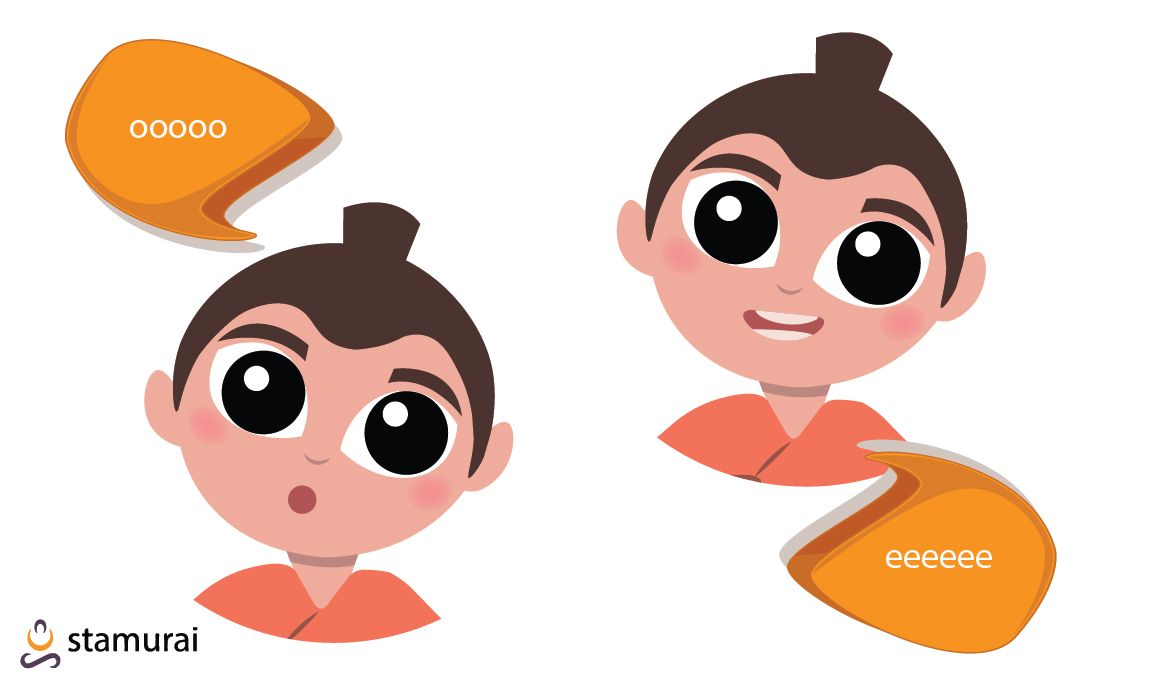
You can tell your child that you are making the sound a police car makes and repeat “oooo-eeee” a couple of times with them.
Every time you do this exercise, you can tell your child, “Hey, what sound does a police car make?”
2. Blow bubbles. Get a bubble maker or make your own at home. Children typically love to blow bubbles and play with them. You can also switch your game up with kazoos, whistles, and horns!
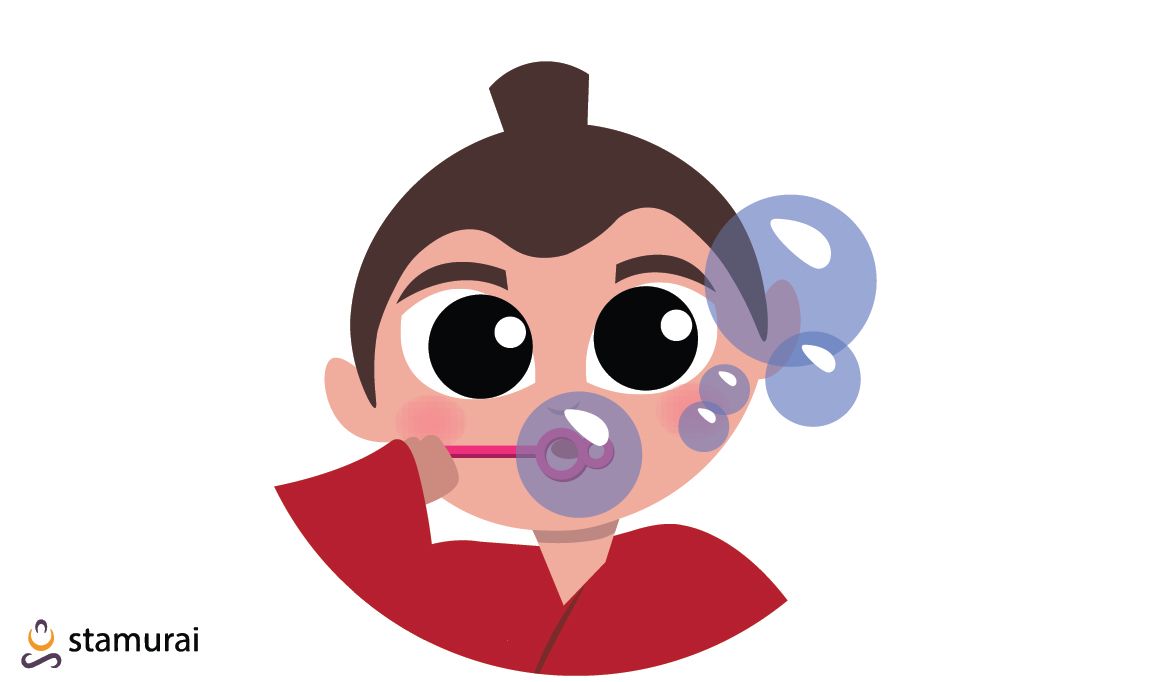
It might get a little loud in the house for about 2 minutes, but your child is going to love this exercise!
3. Try to say “puh” with an emphasis on the pop.
You can tell them that this is the sound a bubble makes when it pops. And when it's time for their exercise, you can ask them, "So what sound does a popping bubble make?"
You can combine exercises 2 and 3 for some fun and effectiveness!
4. Pose for selfies with your child. While striking out cool poses, ask them to say “cheese” and smile as widely as they can.

You can use the photos for future reference of improvement as well! Repeat this at least 5 times during the exercise each day.
5. Get a couple of metal straws. Encourage your child to drink through the straws most of the time. It is a great activity for the lips, cheeks, and tongue.

Note: Try this only if your child has enough oral-motor control to not choke on the fluid. Drinking through a straw will require your child to tighten the cheeks and tongue, retract the tongue, and purse the lips.
Ask your speech therapist if your child is ready to begin drinking through a straw. A speech therapist can teach your child to drink through a straw if they don’t know how to already!
6. Tell your child to puff up both cheeks and hold the air. Shift all the air to one cheek, hold for 2 seconds, and then transfer it to the other cheek. Tell them to puff out their upper lip, and next, the lower lip!
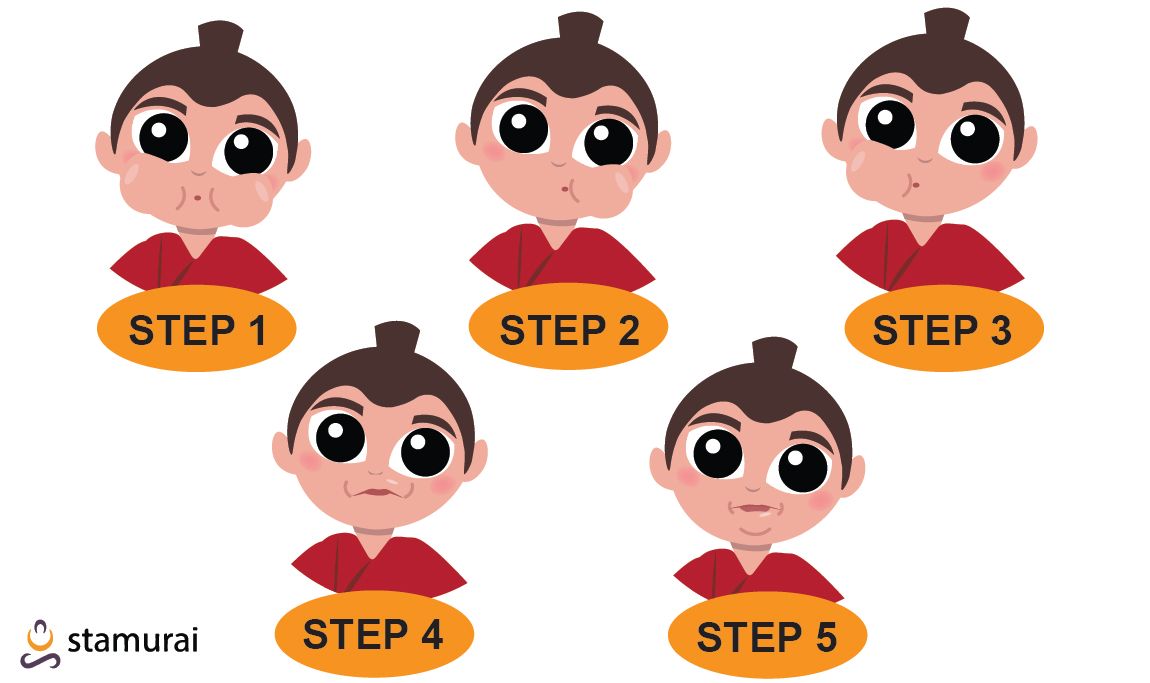
You can tell them this is how we hold our breath while taking a dip in the pool. This activity for children with dysarthria will be enjoyable for your child.
7. Teach your child how to blow a kiss. Ask them to purse their lips to make a kiss. Next, tell them to move the kiss to the right and next to the left.
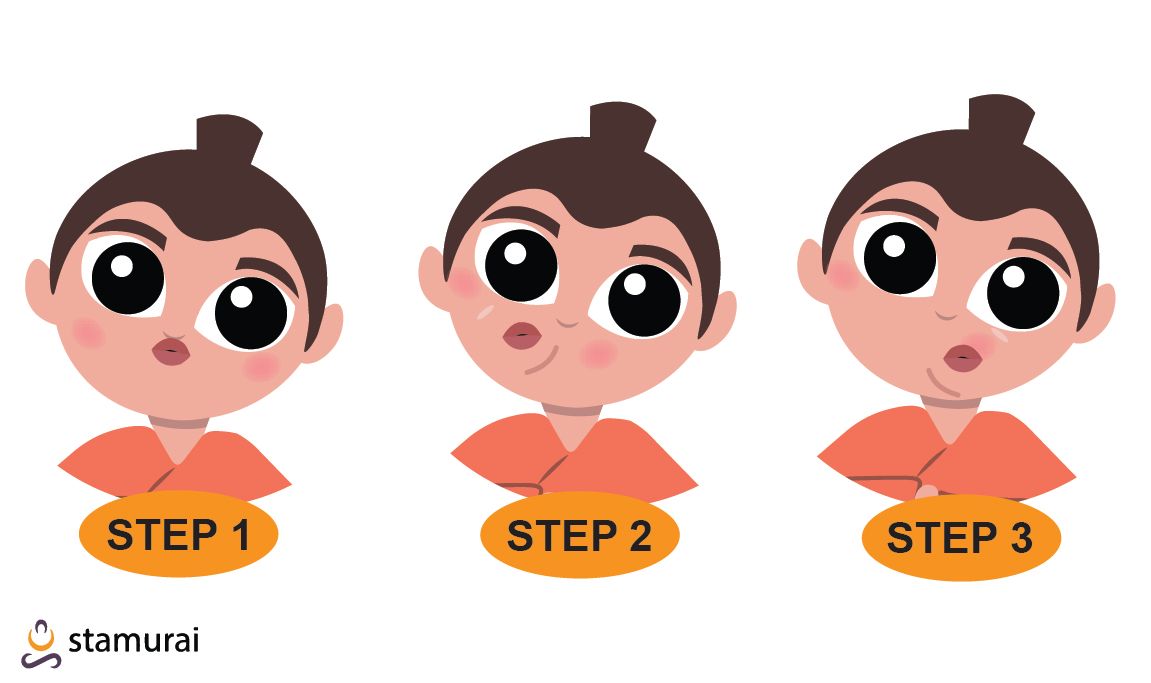
You could encourage them by blowing a kiss back. And move from left to right as they move their kiss!
Dysarthria: Exercises For The Tongue
1. What do we sing when we forget the lyrics? Say “lalalalalala” by only moving the tip of the tongue. Tell your child to follow, but they should not move their jaws at all.
You can do this now and then with your child since it is a simple exercise for kids with Dysarthria that is entertaining!
2. You need to help your child practice tongue-tip sounds. It may not be as fun as the other exercises, but it's helpful.
Ask your child to follow as you say, “t-t-t-t-t-t-t,” “n-n-n-n-n” and “d-d-d-d-d-d”. For keeping things interesting, you can move to a combination of these sounds once they master the singular sounds.
3. Teach your child to do a tongue-pop. Young children typically enjoy making new sounds, especially if they sound like animals, toys, or vehicles.
You may tell them that a tongue pop sounds like a lizard or gecko! They should have fun mimicking one since this exercise has to be done 25-times in a row.
4. The aim of this exercise is to get your child to say "go" with exaggeration. You can make it a part of a word-play, where you say "come," and your child replies with "go." Or you can find nursery rhyme verses that have "go" in them and ask your child to fill the word in for you as you recite the rhyme.
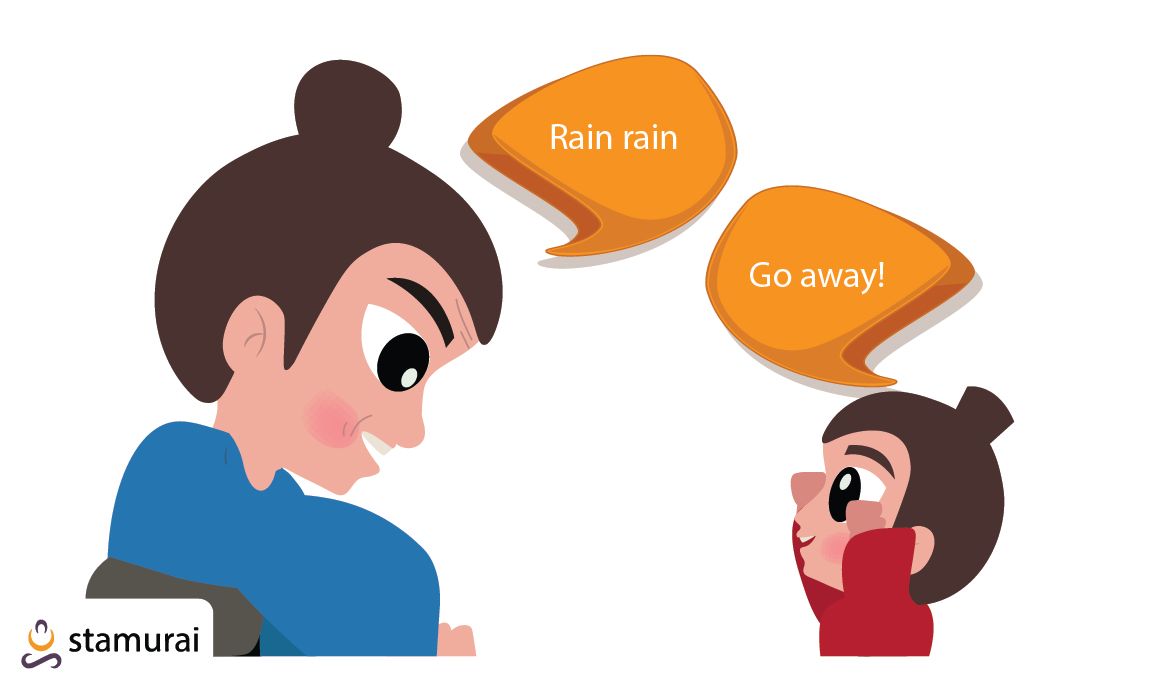
5. Is there a candy your child loves, or maybe a lollipop flavor? Rub the candy on the lips and get them to lick it off.
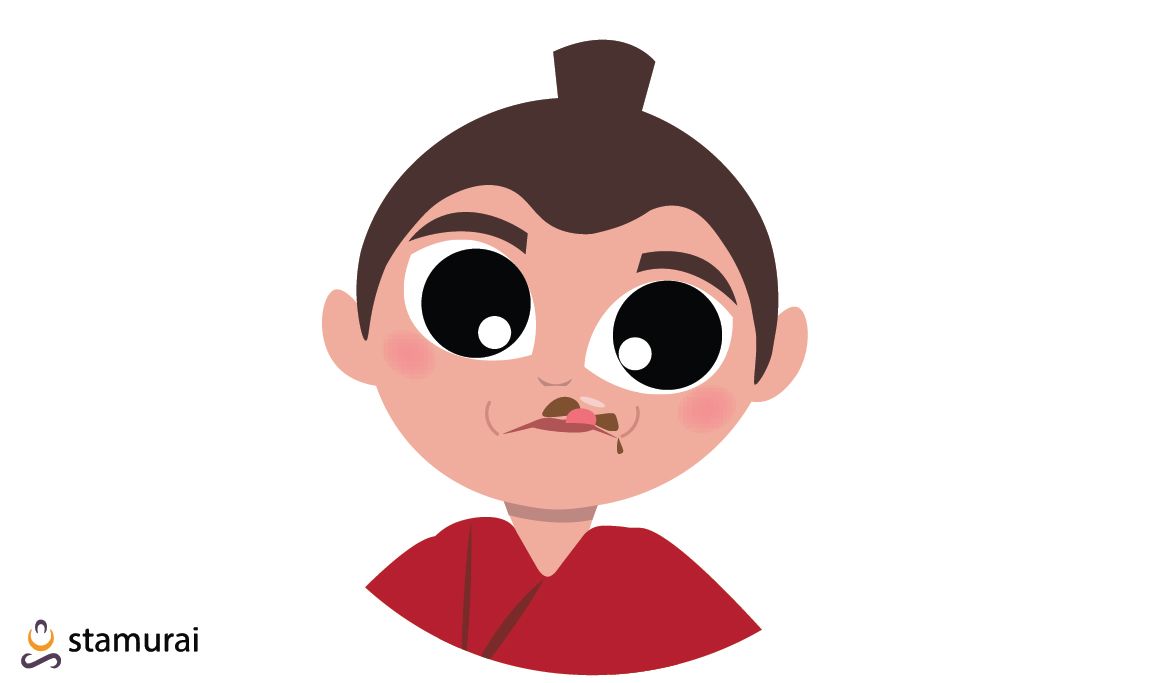
You can use frosting, chocolate, or peanut butter to add variation to this exercise. Just ensure that your child licks the entire food off each time to extend their tongue as much as possible.
6. This exercise is a little tricky, and you may need the help of a speech therapist. Your child should place the tongue on the roof of their mouth. Next, they should hold it with suction for around 10 seconds.
Once they have mastered this, they should move their jaw down and up while the tongue is still in suction.
Dysarthria: Exercises For The Cheeks
1. Ask them to put their lips together and suck their cheeks in. Isn’t that the face fish make?
Well, when it’s time to repeat the exercise, you can ask your child to make the fish-face for you. And you can make the same face with them for them to model and for some pure fun.
2. You can use drinking through a straw technique to strengthen cheek muscles, as well as lip muscles.
Dysarthria: Exercises For The Jaws
1. Request your child to follow your jaw movements. Open your jaw wide so that it's fully stretched, but doesn't hurt. Hold it for 5 seconds before relaxing.
Repeat this 5 times each day.
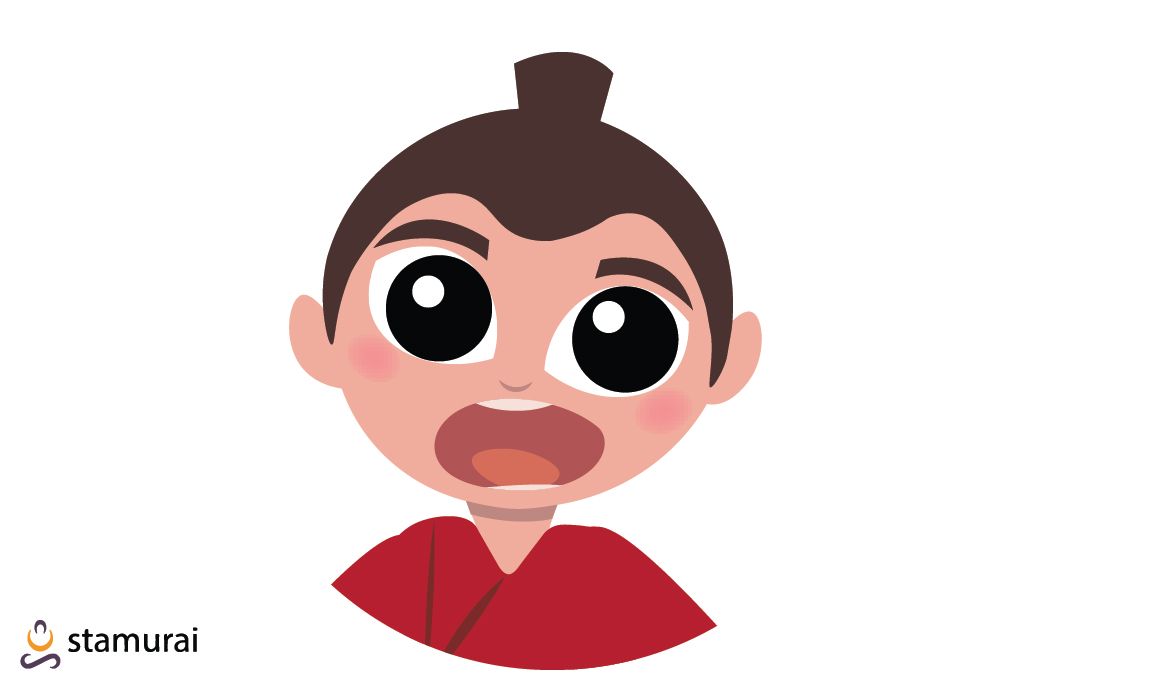
2. Move your jaw to the right until it's stretched but not painful. Tell your child to do the same. Hold it for 5 seconds and then relax.
Repeat by stretching it to the left. Hold it for 5 seconds and relax.
Repeat this set 5 times.
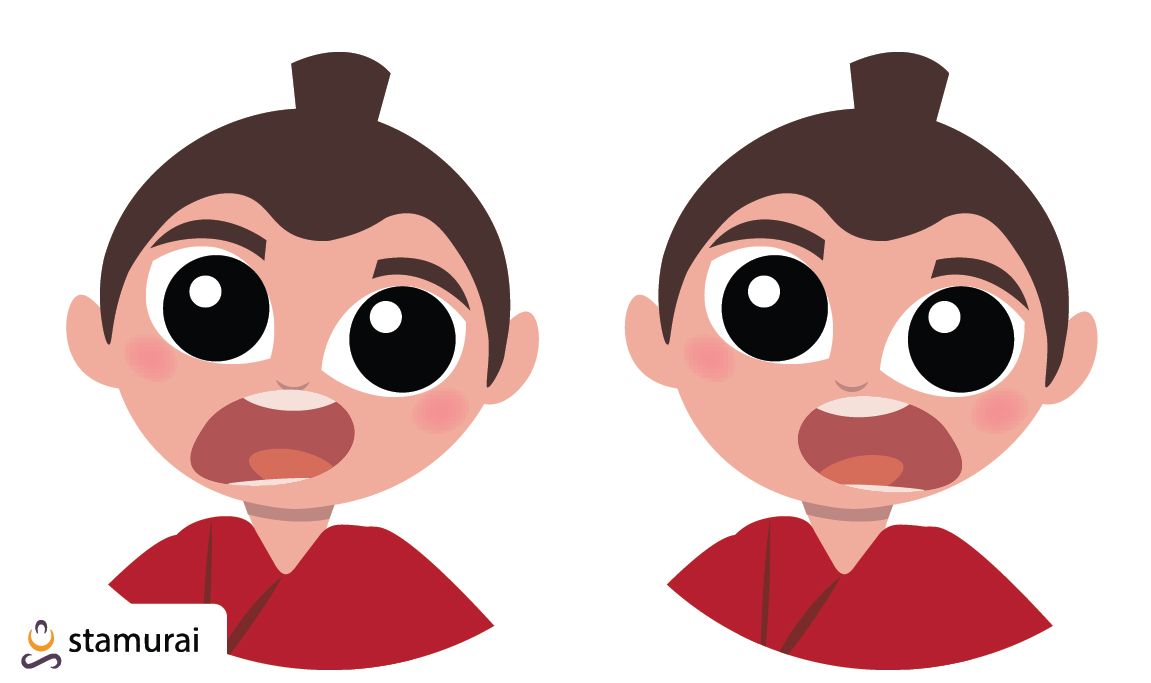
3. Make a circular movement with your jaw slowly. Stretch it in each direction fully. When you complete a circle, you can relax your jaw.
Repeat this movement 5 times per day.
Dysarthria: Additional Tools for Help
Sometimes, it is not enough to tell a child to "put your tongue against the roof of your mouth." They need tactile cues. For that, several speech therapists use a probe or Z-vibe. These are safe and simple tools to guide your child during these dysarthria speech therapy exercises. Using tactile cues can tell your child exactly where they need to put their tongue, where they need to exert pressure, and how they need to move their cheeks.
You can also do these exercises for dysarthria at home with your child in front of a mirror. It will help them see the difference and similarities between your performances.
Treatment Goals for Dysarthria
Speech therapists leverage a range of exercises to treat dysarthria. Tongue, lips, cheek, and jaw exercises are commonly utilized in dysarthria treatment to boost the strength of the weakened muscles.
These are mostly non-speech oral motor exercises (NSOME), which are different from the speech therapy exercises used for the treatment of stuttering and other fluency disorders.
The main goal of therapy for dysarthria is to make one’s speech more understandable. These exercises may help to –
- Improve the person’s pronunciation
- Slow their rate of speech to reduce pressure
- Control their breathing so they don’t run out of breath while talking
- Modulate the loudness of their voice while speaking
- Increase the strength and range of movement of the muscles involved in producing speech
What Can You Do?
A person with dysarthria may find it difficult to express themselves with spoken words. While practicing these exercises with them, you can also introduce alternative augmentative communication (AAC) methods. You can also use sign language or gestures to communicate with each other.
When they are speaking, make sure to hold eye contact, speak slowly and ask yes-or-no questions only. Do let them know when you have trouble understanding them, but do so politely. Try not to speak for them unless it is absolutely necessary!
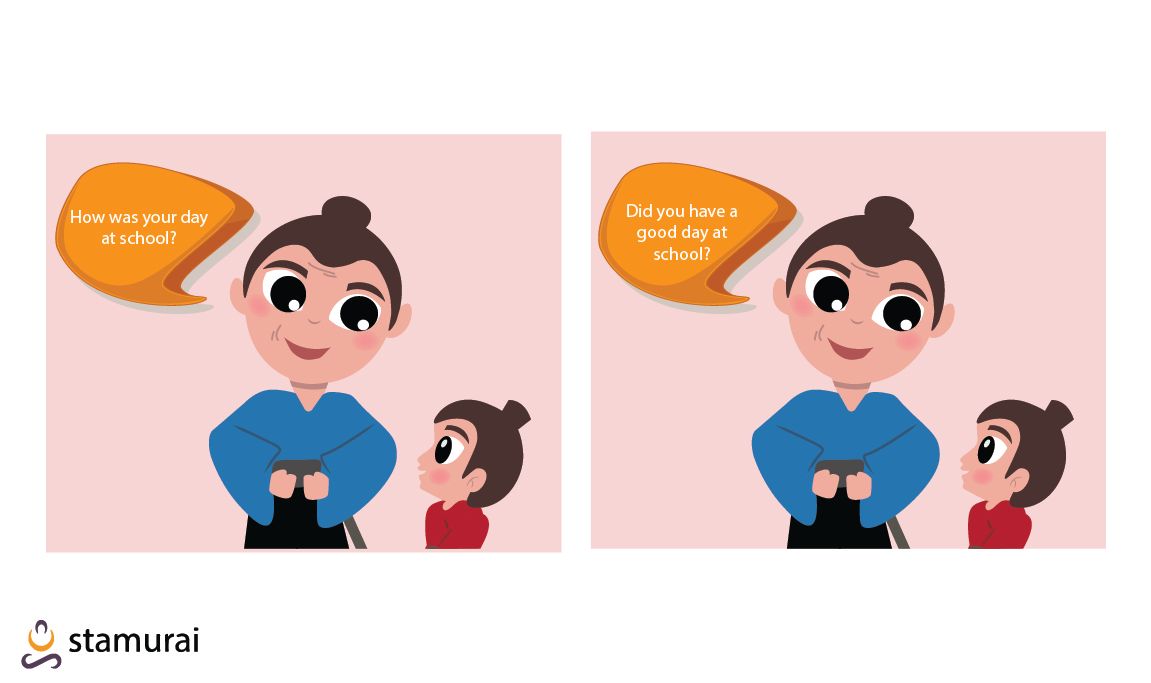
Research shows that progress after starting regular NSOME exercises may be slow. Therefore, it is important to not give up once you have begun these exercises.










